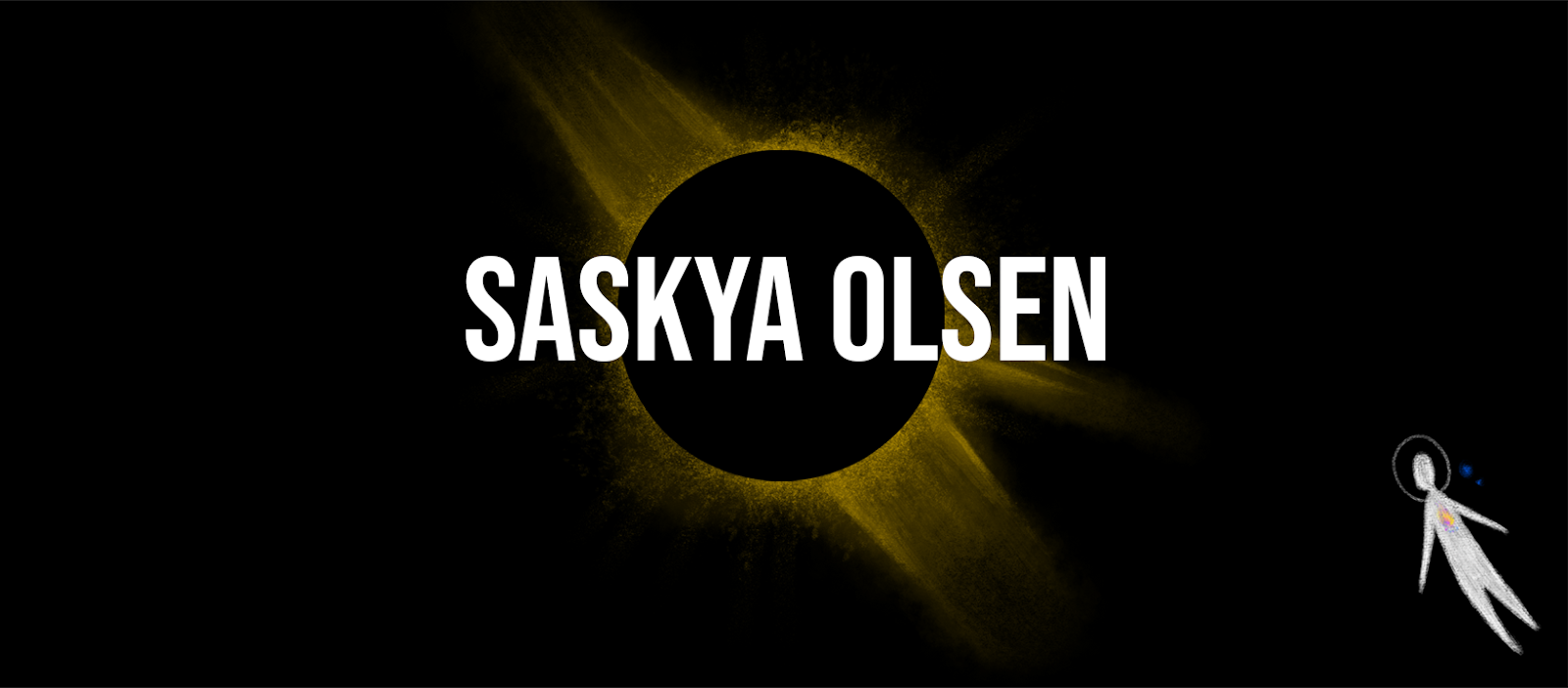Plant life will be an important immersive element of my final animation. I therefore plan on spending as much time on this aspect as my characters. I started the entire process by visualising my thoughts:
 |
| Above, a plan of how I'll tackle foliage modelling in Maya; three layers that combine to create a variety of plant life. |
 |
| I planned out what plants I wanted using real photo reference, adding small fantasy elements such as neon blue berries (top right). |
 |
| I went straight into photoshop and designed the first batch of fern leaf maps. I used the silhouettes of fern leaf photos and coloured them using a mixture of low saturated greens with dry textured brushes. |
From the colour maps, I produced a normal map (for height information) and an alpha map (for visibility information). In Maya, I hooked these maps onto a nurbs plane using a blinn material. However, the alpha maps only cut-away unwanted geometry in Maya's viewport and not in Arnold renderer.
 |
Above, my first failed fern bush render; the alpha maps only worked in Maya's viewport and not in the render itself...
I rectified this issue by using aistandardsurface instead. The colour map is imported as standard, whereas the alpha and bump maps are brought in through through geometry > bump mapping for the normal map, and geometry > opacity for the alpha map. I turned of 'opaque', which removed the white geometry. For successful Arnold rendering, ensure that renderer > viewport 2.0 > transparency algorithm is set to alpha cut.
|
 |
The outcome is realistic and the textures grubby. "I might edit the colours to be simpler for a more stylised look, and simpler leaf silhouettes might help the leaves look more stylised. I dislike how the leaves have no mass (caused by the flat plane geometry) this could be solved by modelling the leaves within Maya as geometry, but I'll leave this solution unless I'm unsatisfied enough to scrap this current method."
|
 |
| Above, my first (failed) series of fern leaf maps used to create the previous render. |
I moved forward with the developing comments stated under the first unsuccessful render, changing the leaf silhouettes into something more stylised and making the colours simpler. I then created a second batch of colour, normal and alpha maps...
 |
| Above are the second batch of fern leaf maps I created, simpler and more stylised. I was sceptical about the result they would produce... |
 |
| Above is my second render, using the new stylised fern leaf maps. I was sceptical on this adjustment, but the plant came together nicely and the normal mapping (which was grubby on my first render) seems to work better on a simpler leaf design. (Maps were applied to an aistandardsurface material shader). |
Despite the successes of the second render, I was still noticing strange textures and wrinkling being caused by my normal maps, evident when I rendered my fern plant close-up...
 |
| Switching normal maps to Tangent Space Normals is VERY IMPORTANT! |
My fern rendered brighter and smoother once I discovered the above problem. I moved on to some final adjustments, creating a third brown colour map for the ground level leaves, and using nonlinear bend deformers to vary leaf curvature.
 |
| Above, my third render after switching to Tangent Space Normals, a brighter and generally better outcome. |
 |
| I arranged my fern model with a few Cornus canadensis models to see how the stylisation gels, I'm satisfied with the outcome. |












Comments